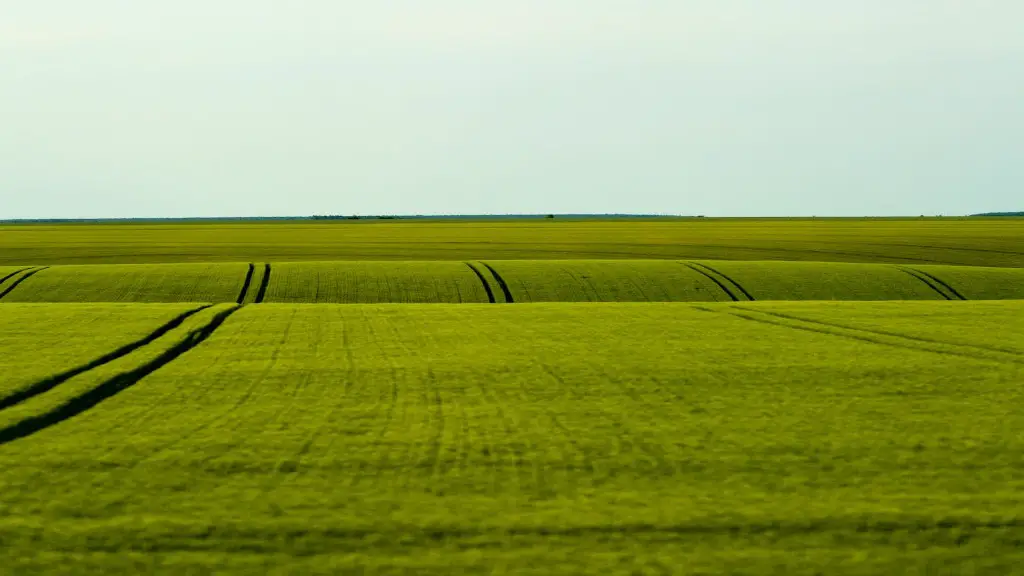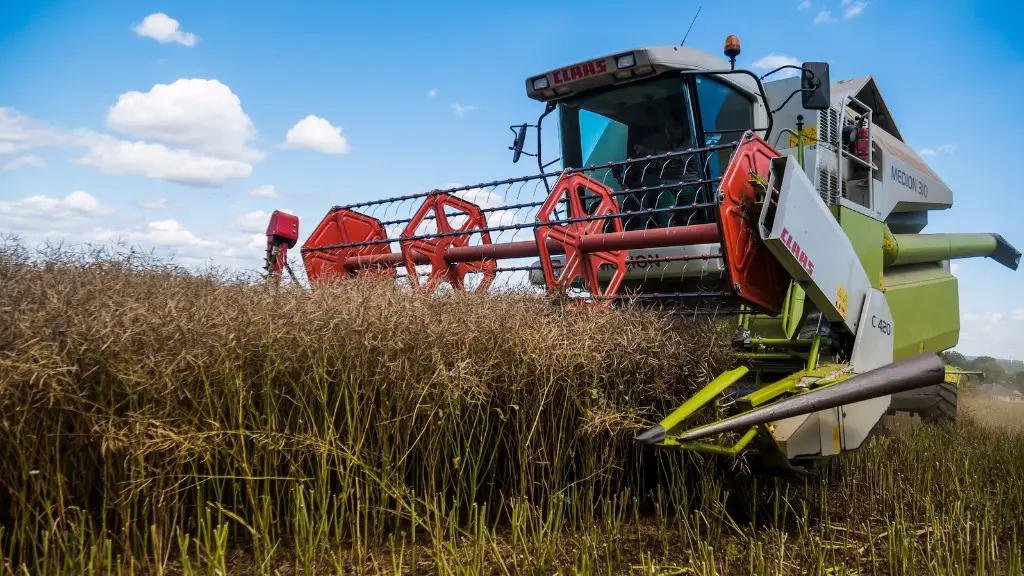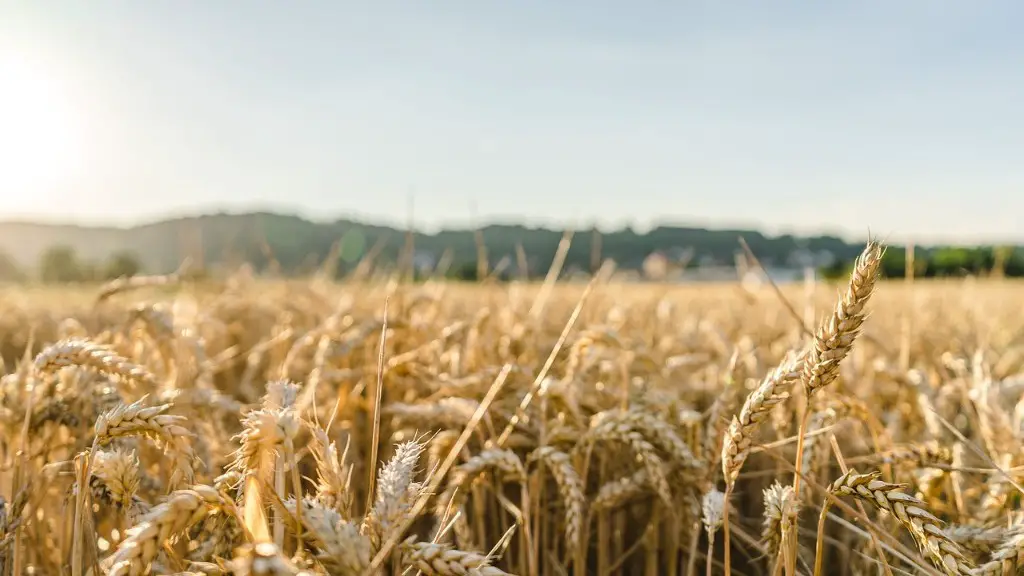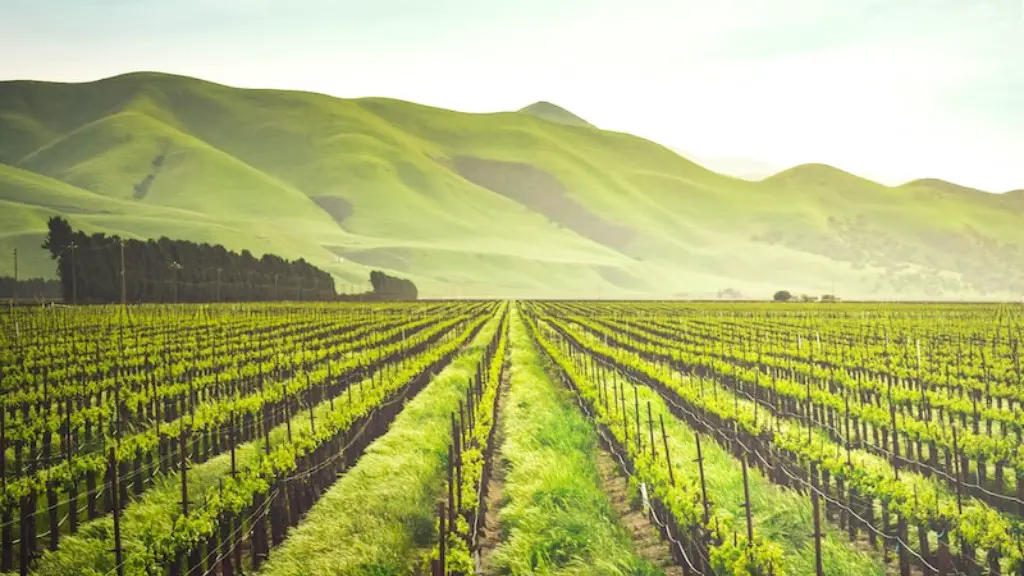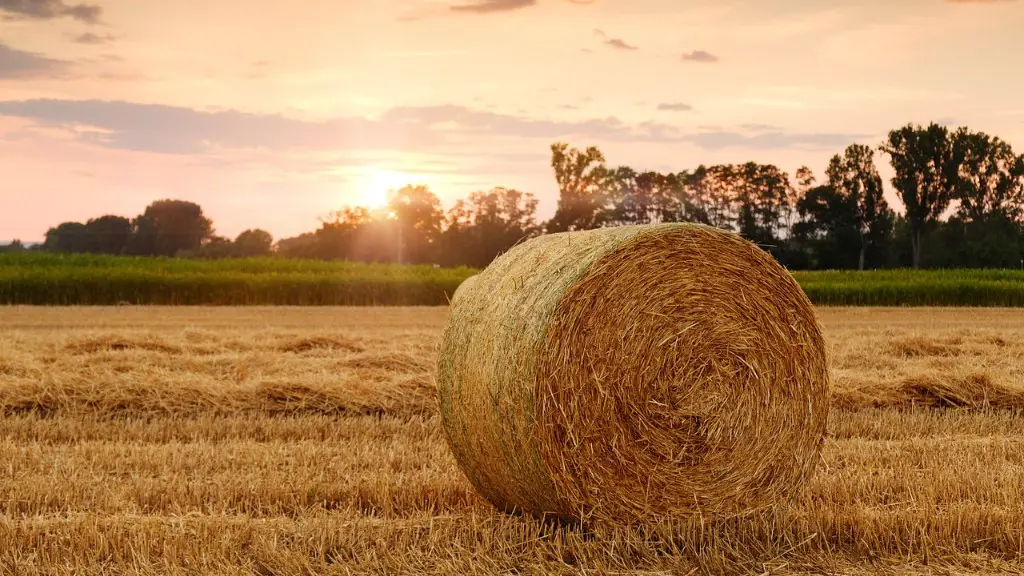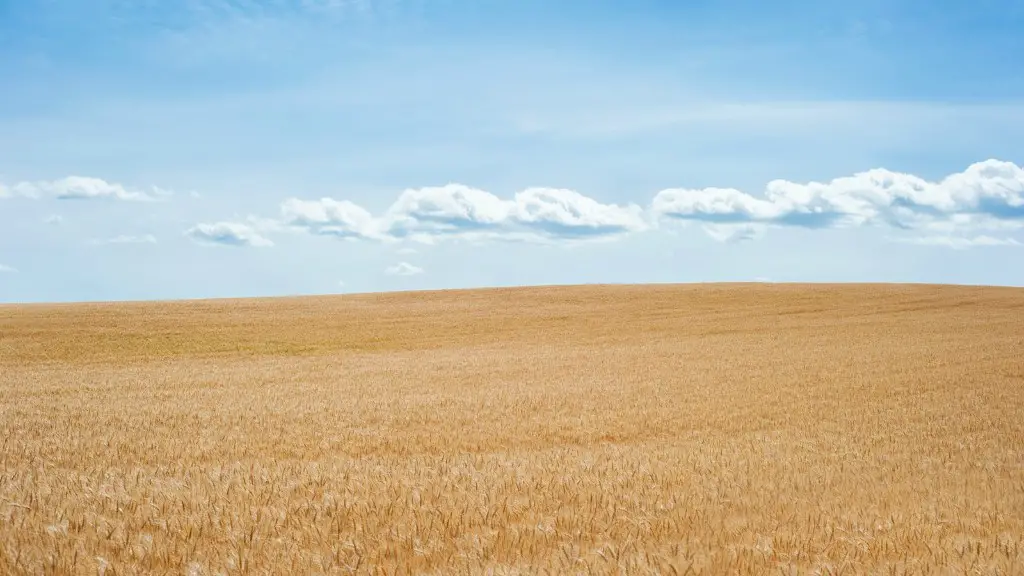Water is one of the most important things for agriculture. It is used to help crops grow, provide for livestock and also helps with irrigation. It is important to know how to properly use water in agriculture so that crops and livestock can stay healthy and yield a good crop.
We use water in agriculture for irrigation, which is the process of supplying water to plants through artificial means. This can be done through sprinklers, drip irrigation, or by flooding fields.
Is agriculture the main use of water?
Agriculture is the largest water user worldwide, accounting for 70 percent of total freshwater withdrawals on average. However, in some developing countries, agriculture can account for up to 95 percent of total freshwater withdrawals. This shows that there is a great need for more efficient water use in agriculture, especially in developing countries. One way to increase efficiency is to use irrigation systems that deliver water directly to the roots of plants, rather than relying on rain. Drip irrigation is one type of system that can be used for this purpose.
Water-intensive crops are those that require a lot of water to grow. This includes crops like rice, soybeans, wheat, sugarcane, cotton, alfalfa, and pasture. These crops are typically grown in areas with high water availability, such as near rivers or in irrigated fields.
What is water used for agriculture called
Irrigation is a vital agricultural practice, without which crop production would be severely limited. In areas where rainfall is irregular or dry periods are expected, irrigation can be used to supplement water supplies and ensure that crops receive the moisture they need to thrive. There are many different types of irrigation systems, from simple gravity-fed systems to more complex pump- and spray-based systems. Irrigation can be used to water entire fields uniformly, or to target specific areas in need of extra moisture. No matter what type of system is used, irrigation is an essential tool for farmers and a critical part of ensuring a successful harvest.
With over 70% of the world’s water being used for agriculture annually, it is important to understand how this precious resource is being allocated. The majority of this water is used for irrigation, with the rest being used for livestock, aquaculture, and other agricultural purposes. Understanding how water is being used and allocated is critical in order to ensure that this valuable resource is being used efficiently and effectively.
Is agriculture possible without water?
It is estimated that without water, the agricultural sector would lose $248 billion USD globally. The agricultural sector is the biggest consumer of water, accounting for 70% of the world’s fresh water usage. In order to sustain the future of modern agriculture, it is critical to have a reliable and safe water supply. One of the biggest challenges for the agricultural sector is to find ways to use water more efficiently and to reduce wastage.
Water is one of the most important natural resources. It is essential for all life forms and human activities. The most common water uses include: drinking and household needs, recreation, industry and commerce, agriculture, and thermoelectricity/energy.
Water is a limited resource, and it is important to use it wisely. Conserve water by using it only when necessary, and reuse or recycle it whenever possible.
What are the four main uses of water in plants?
1. Germination of Plant Seeds: Plant seeds need water to activate enzymes and help germination.
2. Photosynthesis and Food Transportation: Plants need water for photosynthesis and to transport nutrients throughout the plant.
3. Sustaining Soil Ecosystems: Water is essential for sustaining the complex ecosystems within soils.
4. Transpiration and Temperature Regulation: Plants release water vapor through tiny pores in their leaves (transpiration), which helps to regulate the plant’s temperature.
5. Shape and Structure: Plants need water to maintain their structure and shape.
6. Different Water Types: Plants require different types of water (e.g., rainwater, groundwater, etc.) for different purposes.
This is a major global problem that needs to be addressed. Lack of access to clean water is a leading cause of death and disease around the world. We need to find ways to increase access to clean water and sanitation for all people.
Why water is a problem for agriculture
The water crisis is extremely damaging to agriculture considering all plants and animals depend on water for their survival. If there is no water for the crops or livestock, they will sadly die. The process of photosynthesis would not occur without plants and there would be no food for our population.
Irrigation systems can move salts and other dissolved minerals to surface water bodies, which can threaten human health and contribute to nutrient problems in freshwater ecosystems. Livestock operations often produce large amounts of waste, which if not properly managed, can also contaminate surface water and soil. Improperly managed waste from both irrigation and livestock can contribute to water pollution and degradation of important aquatic habitats.
What are 3 ways we use water?
Without water, we simply couldn’t survive. It’s our most precious resource, and we need to do everything we can to protect it. Water is essential for drinking, washing, cleaning, cooking, and growing food. But that’s not all. Industry uses water to generate electricity, manufacture products, and transport people and goods. We need to be smart about how we use water so that we can preserve this vital resource for future generations.
Water is one of the most important natural resources. We use water in our everyday life for drinking, cooking, cleaning, washing, etc.
Apart from that, water is also used for generating hydro-electricity, car washing, etc.
What are the 7 uses of water
Water is one of the most important things in our lives – we use it for so many different things!
Drinking water is obviously important to stay hydrated, but did you know that cooking with water can help food taste better? And of course, water is essential for washing dishes, clothes and fruits and vegetables.
There are so many ways that water makes our lives better, so let’s make sure to cherish this natural resource.
Water is indispensable for the growth of plants. It helps to transport nutrients and minerals through the plants and its cells. It also helps to regulate plant’s temperature in the process of transpiration.
Why is water important for growing crops?
Water is one of the key elements required for photosynthesis, which is how plants use energy from the sun to create their own food. During this process, plants use carbon dioxide from the air and hydrogen from the water absorbed through their roots and release oxygen as a byproduct. This exchange occurs through pore-like stoma on the leaves.
Water is essential for plant growth and plays multiple roles in plant development. Plants are mostly water, typically 80-95% water by weight. Water is necessary for photosynthesis, the process that produces food for the plant. Water is also used by plants for cooling, and to transport minerals and nutrients from the soil and into the plant.
How can we save water in agriculture
Farmers are increasingly turning to water-saving methods to help address the global water crisis. Here are 10 ways they are doing so:
1. Drip irrigation: Drip irrigation systems deliver water directly to a plant’s roots, reducing the evaporation that happens with spray watering systems.
2. Capturing and storing water: One way farmers are capturing water is by using rain barrels to collect rainwater from roofs. This water can then be used for irrigation.
3. Irrigation scheduling: Many farmers are using irrigation scheduling software to help optimize watering schedules based on weather conditions.
4. Drought-tolerant crops: Farmers are planting more drought-tolerant crops, such as sorghum and millet, which require less water to grow.
5. Dry farming: Dry farming is a water-saving irrigation technique that involves growing crops with minimal irrigation.
6. Rotational grazing: Rotational grazing is a livestock-management technique that involves moving animals to different pasture areas so that the grasses can recover. This reduces the need for irrigation.
7. Compost and mulch: Compost and mulch help retain moisture in the soil, which reduces the need for watering
With global climate change, it is more important than ever to be aware of the weather conditions in your area. Many people use weather apps to get live updates on the weather in their area. However, these apps often do not take into consideration how much water your plants will need for the day. This is where the Plant watering calculator comes in handy. This app allows you to remotely turn on your sprinklers and calculates how much water your plants will need for the day based on the weather conditions.
Final Words
Water is a critical component in agricultural production. Without water, plants will wither and die. Farmers use irrigation to provide water to their crops. There are several different types of irrigation systems, each with their own benefits and drawbacks. Drip irrigation is one of the most efficient ways to water crops, as it minimizes evaporation and water loss.
We use water in agriculture to grow crops and water livestock.Farmers use irrigation to supply water to their fields. center-pivots, drip irrigation, and hand-held hose are some of the ways that farmers water their crops. Livestock also need water to drink. In many areas, farmers must haul water to their livestock.
